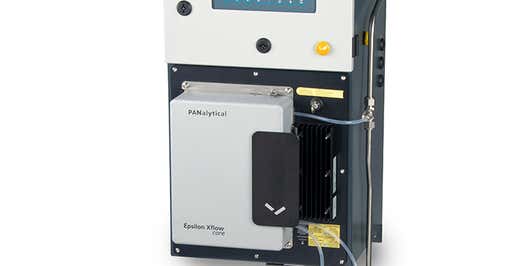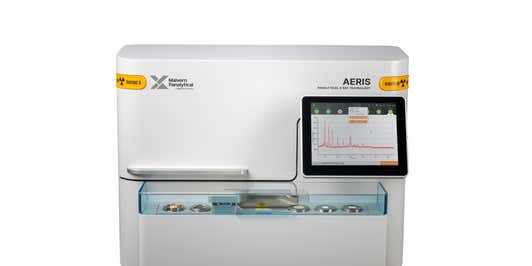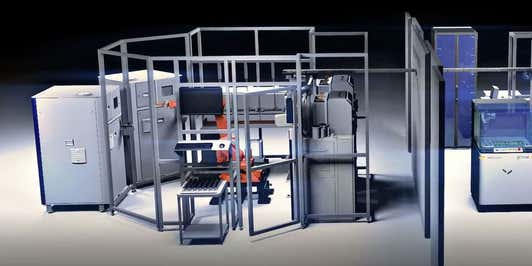Decreasing ore grades of existing or new iron ore deposits require predictive solutions to efficiently sort and blend iron ore for optimal and profitable beneficiation and downstream processing. Elemental and mineralogical composition as well as predictive models for the upgradability, based on metallurgical parameters, such as washable constituents, play an important role for iron ore producers.
Our solutions monitor the complete iron making processes - from the direct analysis on conveyor belts towards laboratory analysis and complete automated quality control of iron ore, iron sinter, direct reduced iron, pig iron and iron ore pellets. During the entire iron ore production process, we deliver tailored analytical solutions for exploration geologists, mine planners, process engineers as well as for geometallurgists and quality managers.
Iron ore mining
Prior to extracting iron ore, deposits must be evaluated to gain knowledge about the grade distribution within an ore body for optimized planning, use of drilling budget and choice of equipment for beneficiation of iron ore.
We offer analytical solutions that enable grade definition directly in the field with mineralogical (NIR) and elemental (XRF) elemental analysis. Laboratory solutions, tailored to the specific requirements of every mine, provide accurate information whether these are benchtop, stand alone or completely automated mining laboratory solutions.
Our expertise in iron ore sample preparation, especially to produce high quality glass disks using fusion machines, is the basis for accurate elemental analysis according to international norms.
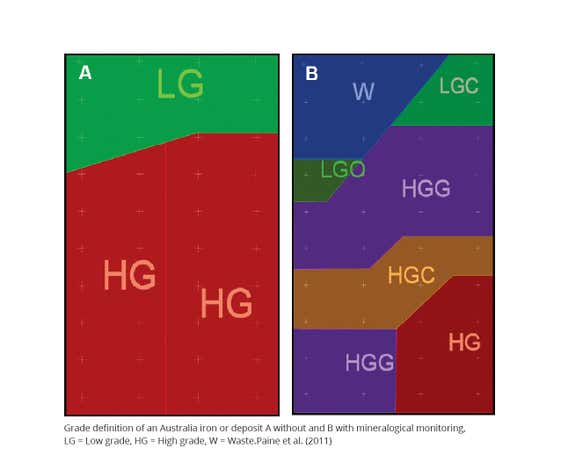
Iron ore grade definition
With our expertise, iron ore miners can define ore grade, ensure accurate mine planning and predict the upgradability of iron ore to save more than 1 million USD per grade block that is incorrectly classified.
Our solutions for on-line analysis (elemental and mineralogical) directly in the mine enable ore sorting and fast counteractions on changing iron ore composition to produce the optimal blend for downstream processing.
This saves mining operations multiple millions in USD every month since iron ore beneficiation increases significantly the costs per ton of ore.
Control of the moisture content on the mining conveyor belt (NIR) together with accurate monitoring of the composition of iron ore before shipment guaranties constant ore quality to avoids penalties.

ASD TerraSpec range
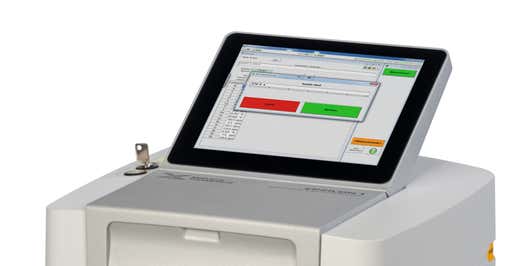
Epsilon 1 Mining
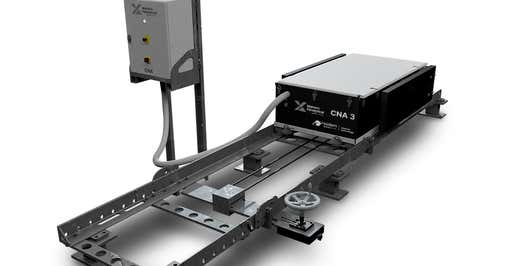
CNA³ elemental cross-belt analyzer
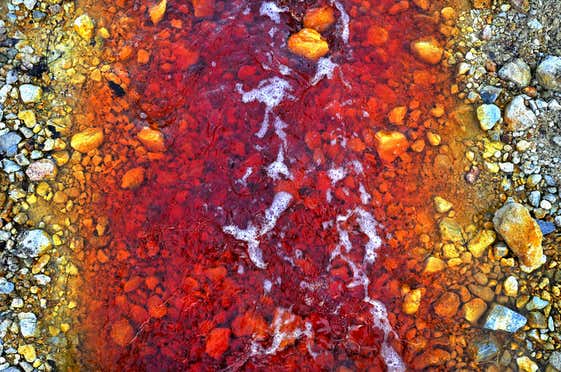
Waste management
Waste management is extremely important for sustainable and hazard free mining and beneficiation of iron ore. Dedicated analytical solutions for elemental analysis, particle size and shape characterization, monitoring zeta potential and characterization of clay minerals ensure the sustainable mine operations.
Mastersizer range

Epsilon 4 Mining & minerals
Iron making
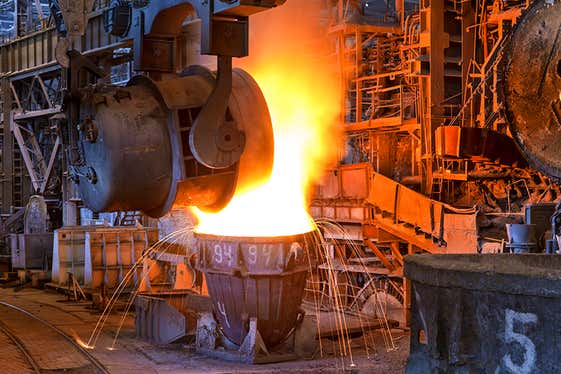
To efficiently process iron ore for high quality steel production, frequent ore grade monitoring, during all steps of downstream processing, is mandatory. Independent from the ironmaking method, the optimal use of fuels and energy during sintering, pelletizing and direct reduction of iron ore (DRI) needs to be applied to stay competitive and produce environmentally friendly.
Real-time particle size monitoring of pellet feed with our on-line laser diffraction solution is the basis for high quality iron ore pellets and helps to predict pelletizing conditions.
Elemental composition of raw mixtures for pellet or sinter production can be monitored on-line on the mining conveyor belt with our neutron analyzers, or in the laboratory using our X-ray fluorescence spectrometers, for high throughput industries.

Insitec range

CNA³ elemental cross-belt analyzer

The Minerals edition of Zetium
Analysis of iron sinter by X-ray diffraction reduces CO2 emissions
Mineralogical composition
Knowing the mineralogical composition of iron pellets, sinter or direct reduced iron enables prediction of the properties and the behavior in the blast furnace. Our industrial X-ray diffractometers in combination with statistical methods can monitor physical parameter within minutes:
- Compressive strength of iron pellets,
- Low temperature degradation or Fe2+ content of iron sinter
- Degree of metallization or carbon content of direct reduced iron
This avoids the use of hazardous and dangerous wet chemicals, ensures safe sample handling and time-consuming physical testing.


